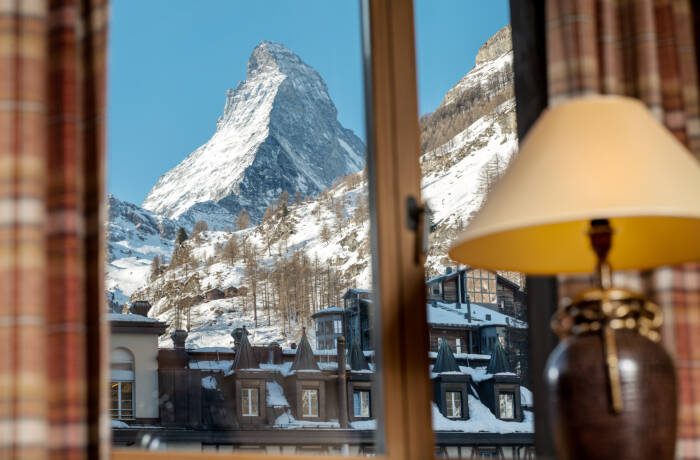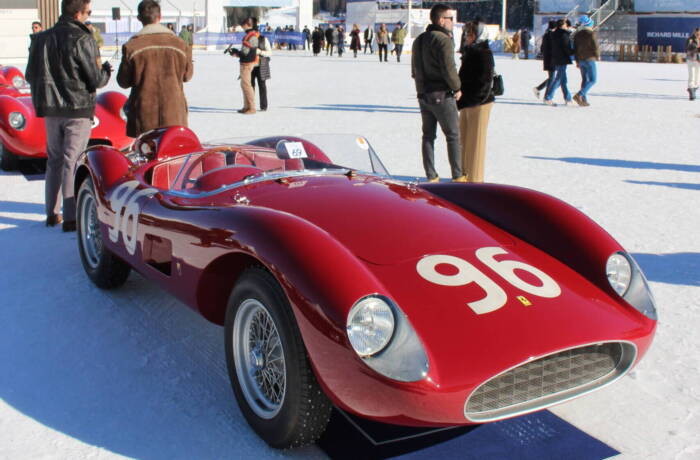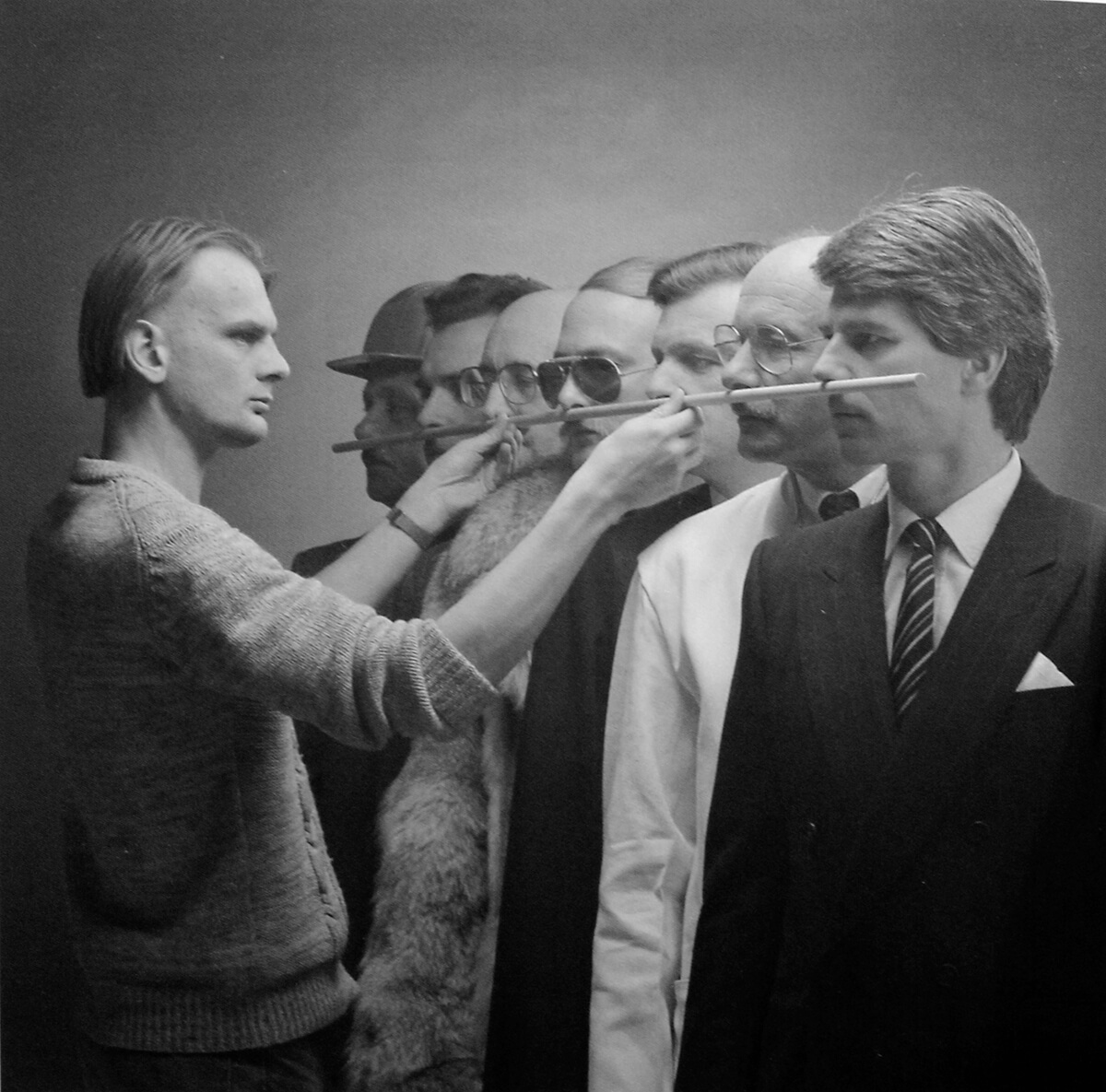
Gerhard Vormwald, Thomas mit Messlatte, 1980, Gelatin silver print photography, 30cm x 30cm Courtesy Prince House Gallery
photo basel is Switzerland’s first and only international art fair dedicated to photography, showcasing works from both contemporary and classic photographers. Galleries from around the world come together for five days in June, during Art Basel, to showcase their artists. Ahead of this year’s fair, founder Sven Eisenhut speaks to Kitty Harris about the rising popularity of photography as a collectible, the future of the market and the contemporary photographers to watch out for
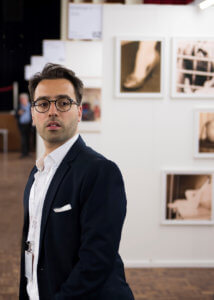
Sven Eisenhut. Courtesy photo basel
LUX: What’s the birth story of photo basel?
Sven Eisenhut: A couple of business partners and myself had the idea in early 2014. We realised that at Art Basel there were only a handful of “real photo galleries” left. And since we are all from Basel and regular fair and museums goers, it was a no brainer.
LUX: How does the circle of experts work?
Sven Eisenhut: We implemented two circles of experts: one consists of galleries, their main focus being to support photo basel’s long term strategy. Alongside this we have the second circle of experts, where curators and collectors select the participating galleries for photo basel so to avoid bias.
LUX: What is the importance of a photography fair today?
Sven Eisenhut: With photo basel, we have the chance to narrow down to one specific medium. We can truly highlight photography in all its shapes and forms, from contemporary to vintage. By occupying this niche, we make sure to attract targeted collectors and photography enthusiasts.
LUX: How does photo basel differ from other photography fairs?
Sven Eisenhut: We are the only true photography fair in the German speaking world – and the only one in Basel during Art Basel fair. We are a boutique fair which guarantees that only the finest galleries and their artists will get selected. We see ourselves as hosts to our gallerists but also to our collectors, we are really dedicated in both respects.
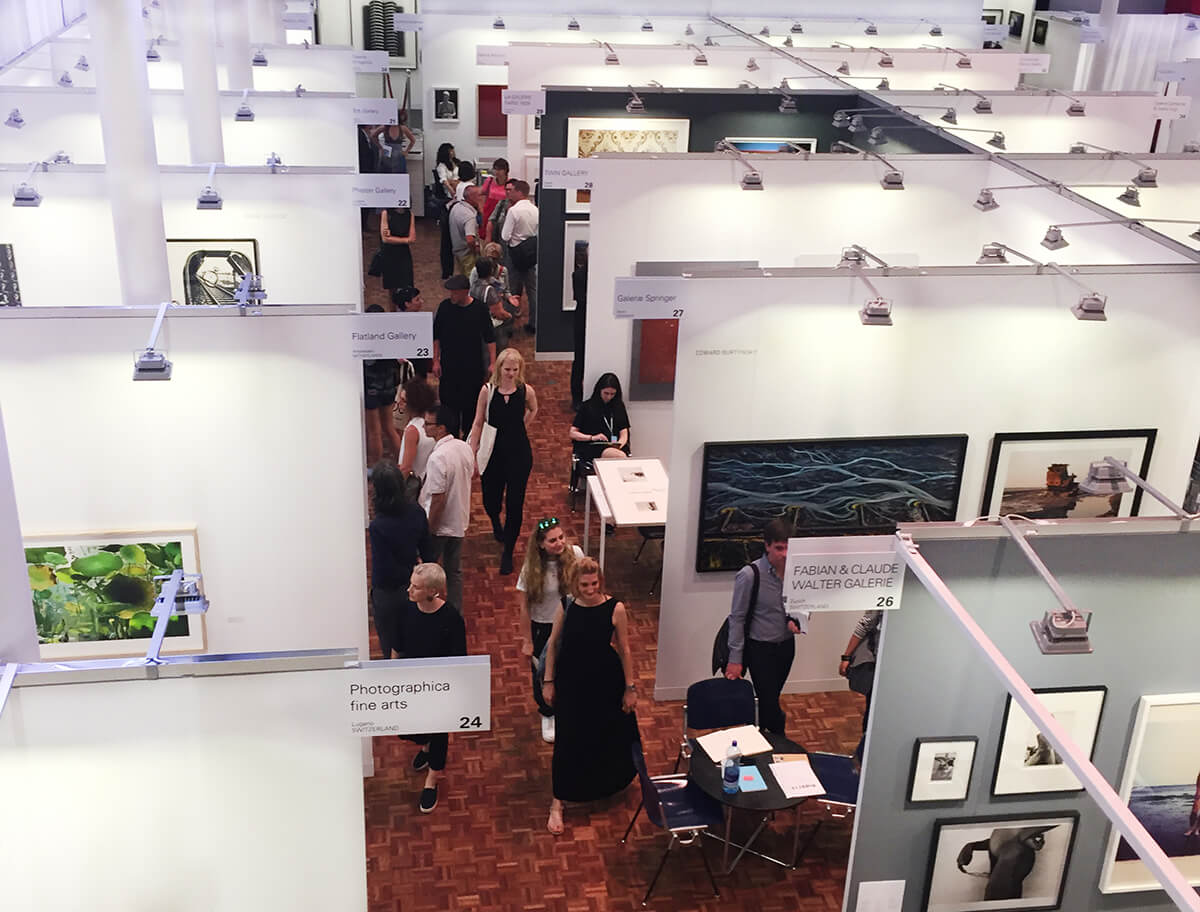
photo basel 2018, Volkshaus Basel, 12 – 17 June 2018
LUX: How do you select who will present at the fair?
Sven Eisenhut: The selection is conducted according to a wide range of criteria which includes the quality and the originality of the submitted proposals, the clarity and rigor of the booth concept, the way it fosters an overall diversity of historical and contemporary expressions as well as the relevance of the proposed art works.
In addition we care if a gallery works sustainably and whether they have a long term interest in the success of their represented artists.
LUX: What’s the key to curating a great booth at an art fair?
Sven Eisenhut: Mainly not to overhang it – it is difficult to find the right balance – especially because as a gallery you spend a lot of money on an art fair, so you want to make sure to bring “all you’ve got” – but it’s best to have quality over quantity. We encourage our gallerists to exhibit solo shows – although we are aware of the risks.
LUX: How does the photography market compare to the contemporary art market?
Sven Eisenhut: Photography is on the rise – but compared to the prices seen in the contemporary art market it is very affordable. For around 10,000 Euros you can get some amazing pieces by world renowned museum quality artists.
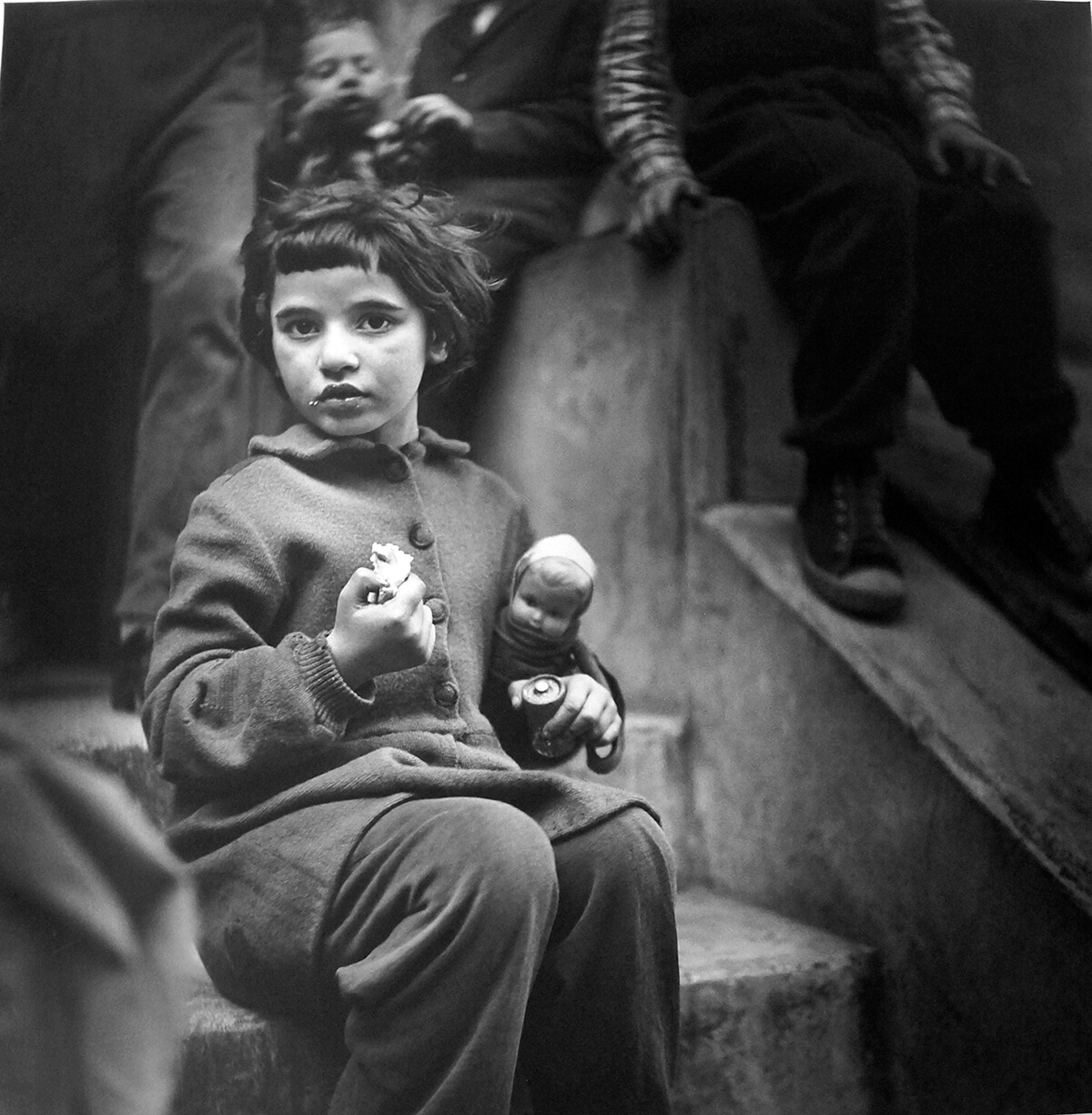
Antanas Sutkus, Toys, 1971, Photography, 46.90 x 46.90 cm, Courtesy Gallery STP
LUX: Why do you think we’ve seen an increased interest in photography as a collectible?
Sven Eisenhut: Since the majority of us carry smartphones with cameras – we all became photographers to some extent. This also implies that many more people are now emotionally attached to the medium. Photography can still be the starting medium for any art collection – it is accessible and affordable.
LUX: How do you know when a photograph is exceptional in an age where everyone is a photographer if they have a smart phone?
Sven Eisenhut: You know when you know it – there is so much more to a successful artist than just “the talent to take images” – today you need to be skilled on so many levels in order to be sustainably successful as an artist. Train your eyes, you will learn it as you see it.
LUX: What trends are we currently seeing in photography?
Sven Eisenhut: We see a trend towards unique pieces. Those can be Polaroid works or artists that paint over their photos or even stitch over them.
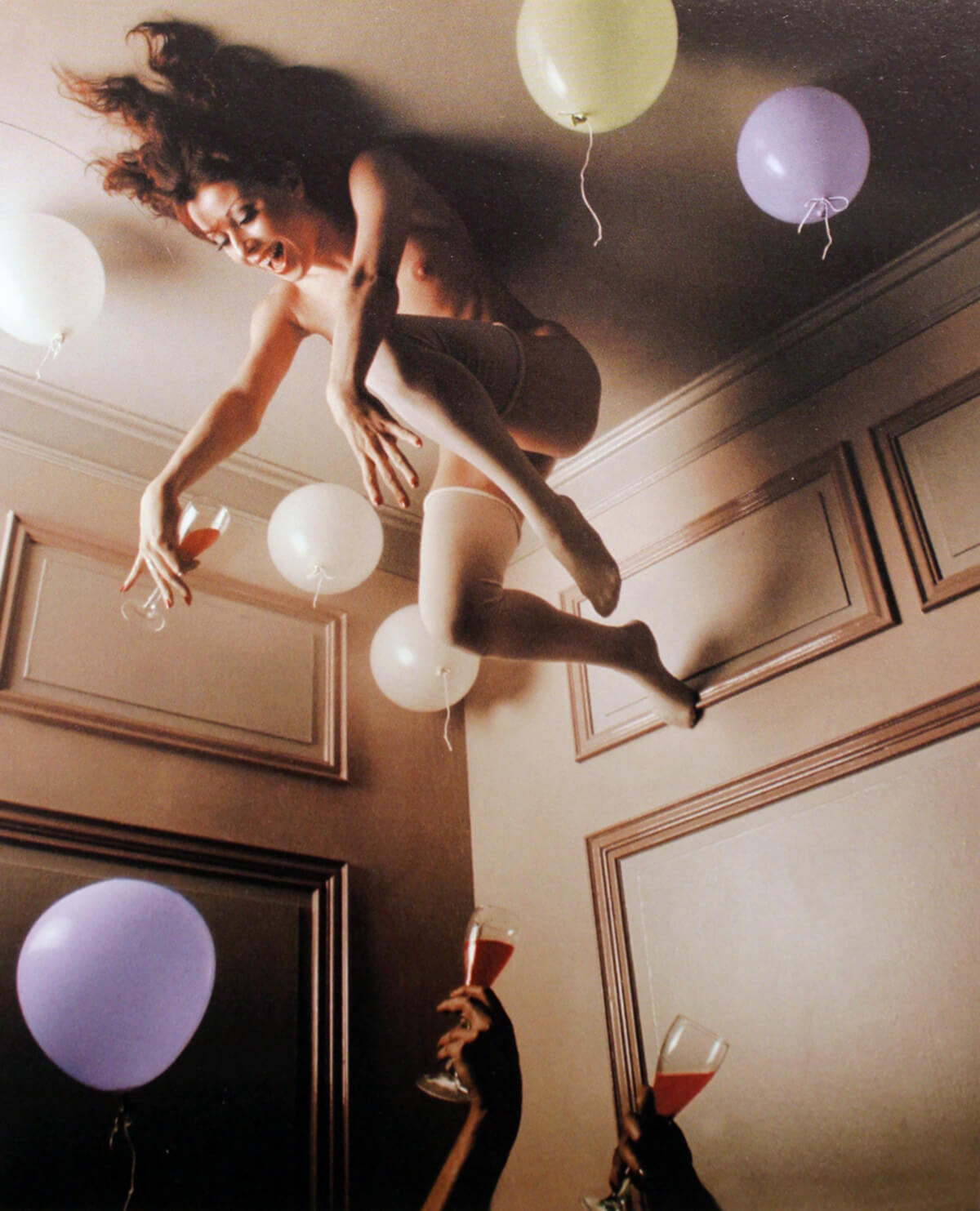
Gerhard Vormwald, Uschi an der Decke, 1975, Courtesy Prince House Gallery
LUX: Which contemporary photographers are ones to watch?
Sven Eisenhut: Right now I’m really interested in Peter Klare, Elene Usdin, Iris Hutegger, Paolo Ventura.
LUX: How do you think the market will change in future?
Sven Eisenhut: It will become faster, we will see many more galleries close and many more alternative spaces pop up. The distinction of the terms “galleries and dealers” will blend. I doubt that digitalisation will change a lot in terms of online sales etc. We need to stay focused on what defines us and why and then take it from there.
LUX: What do you think of the idea of art as secondhand?
Sven Eisenhut: Photography is a medium that can be replicated, that is why it is so important for artists to produce a low number of editions and prints. Most galleries we work with are in total control of their artists work and their editions. From time to time, you’ll see prints reappear in the auction houses. Interestingly, the fine art photography industry is not competing against auction houses and this is due to the ability of making editions. Some of the older Masters don’t even have limited editions, they have open editions and those prints can still be very expensive.
photo basel 2018 runs from 12 – 17 June at Volkshaus Basel. For more information visit: photo-basel.com

